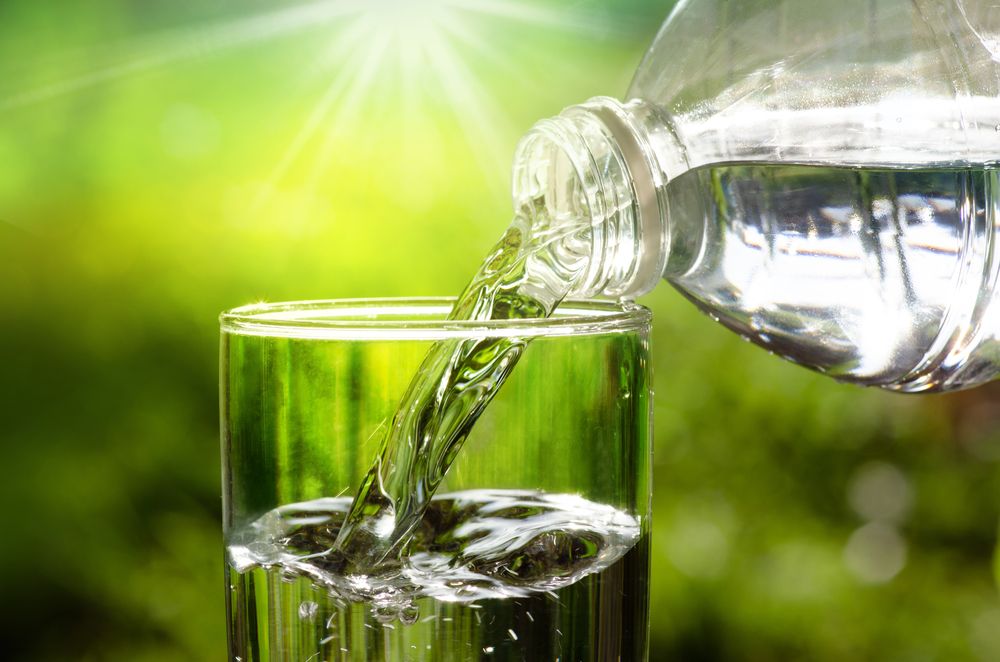Water and Power at Risk
Water and Power at Risk
Drinking water is always at risk. The EPA states ‘The Safe Drinking Water Act defines the term "contaminant" as meaning any physical, chemical, biological, or radiological substance or matter in water. Therefore, the law defines "contaminant" very broadly as being anything other than water molecules. Drinking water may reasonably be expected to contain at least small amounts of some contaminants. Some drinking water contaminants may be harmful if consumed at certain levels in drinking water while others may be harmless. The presence of contaminants does not necessarily indicate that the water poses a health risk.’
 Surface water from lakes, rivers, reservoirs, and groundwater is the primary source of drinking water in the United States. Typically drinking water is treated before moving into the municipal delivery system from which at least 80% of the U.S. population receives drinking water. Approximately 14% of the population relies on private groundwater wells, cisterns, and springs.
Surface water from lakes, rivers, reservoirs, and groundwater is the primary source of drinking water in the United States. Typically drinking water is treated before moving into the municipal delivery system from which at least 80% of the U.S. population receives drinking water. Approximately 14% of the population relies on private groundwater wells, cisterns, and springs.
Treated water is subject to the EPA Safe Drinking Water Act and goes through treatment protocols to ensure safety to the public. Private water is primarily in rural areas and is not regulated as is municipal water. The safety of private water is solely the responsibility of the owner. If any regulation is required it is on a limited state basis.
There are many sources of potential contamination for drinking water, municipal or private. Naturally, occurring contamination can pose a health risk: bacteria, viruses, nitrate, arsenic, chromium, and fluoride. Radiological contaminants such as uranium, radium, and radon are naturally present in rock formations, subsequently ending up in the water supply.
Other water contamination sources can include:
- Terrorist activity
- Improper waste disposal from hospitals, research facilities, etc.
- Treatment or leakage from storage sites.
- Discharges from factories, industrial sites, or sewage treatment facilities.
- Leaching from aerial or land application of pesticides and fertilizers on yards or fields.
- Fracking mining from both mining practices and fracking wastewater disposal being reinjected into deep geologic formations via wells specifically designed for that purpose, which in turn contaminates groundwater tables.
- Accidental chemical spills.
- Underground storage tank leakage.
- Improper disposal of household wastes such as cleaning fluids, paint, and motor oil.
Without appropriate detection, monitoring, and remediation drinking water is always at risk. US Nuclear Corp’s division, Technical Associates, has developed a suite of water detectors providing detection and monitoring of radiological, chemical, and biological contamination. This includes both freshwater, well water, saltwater, and wastewater. These instruments are continuously real-time - installed and portable.
. . . . . . . . . . . . . . . . . . . . . . . . . . . . . . . . . . . .




